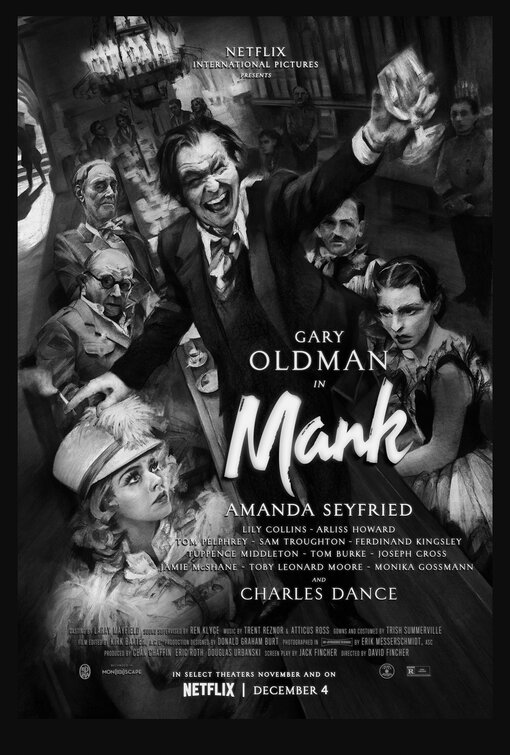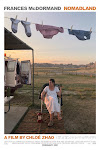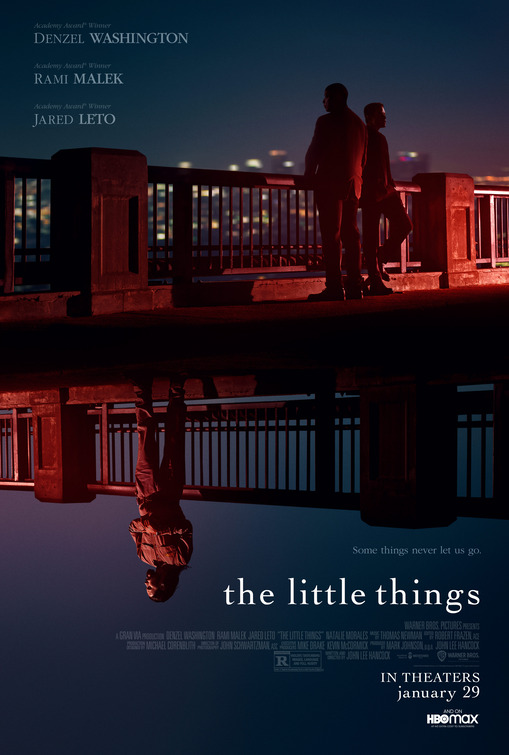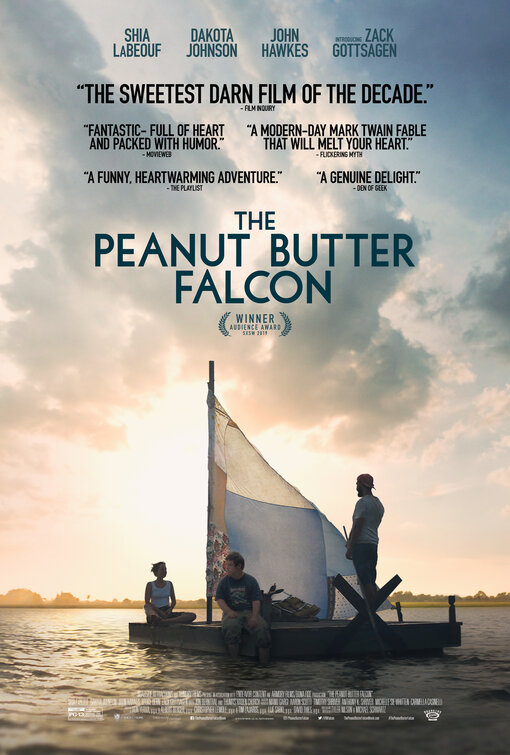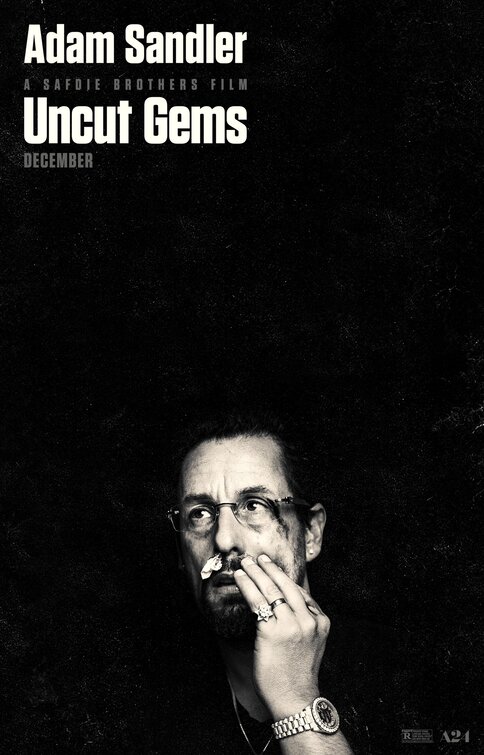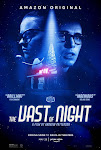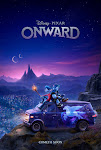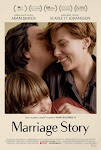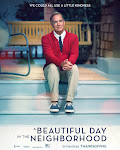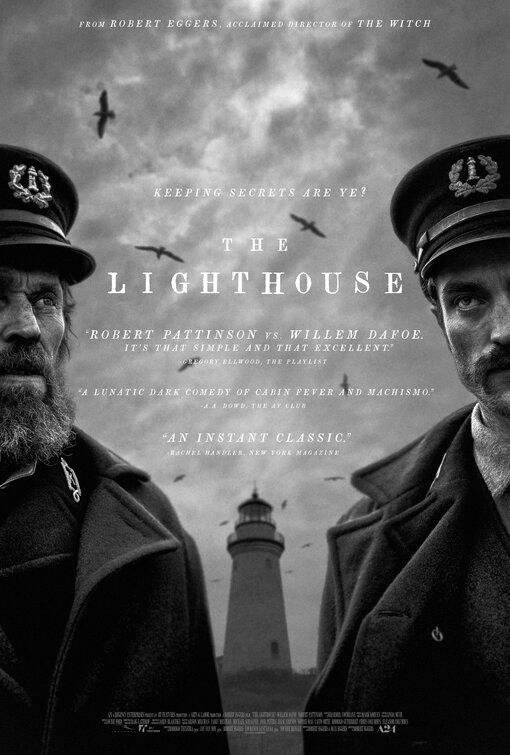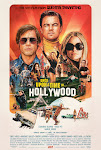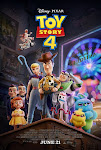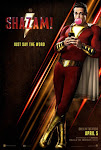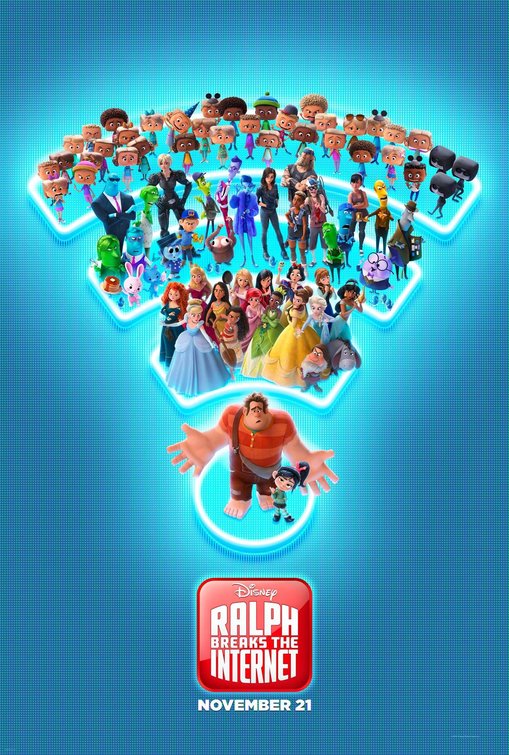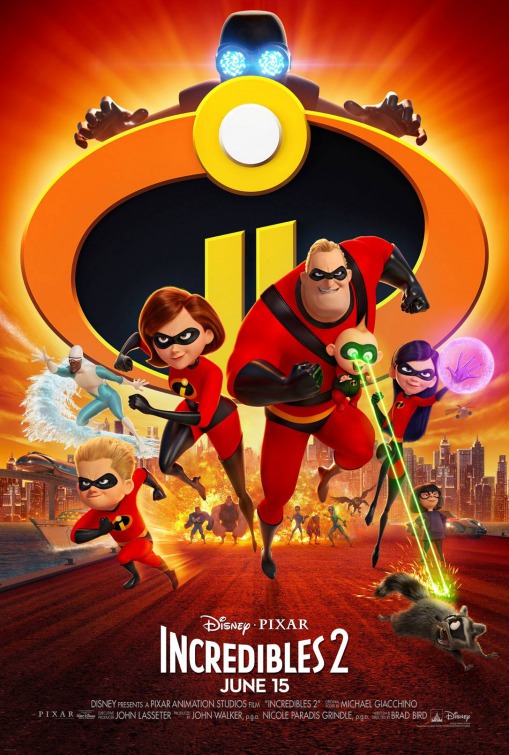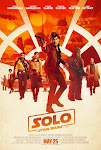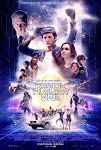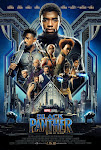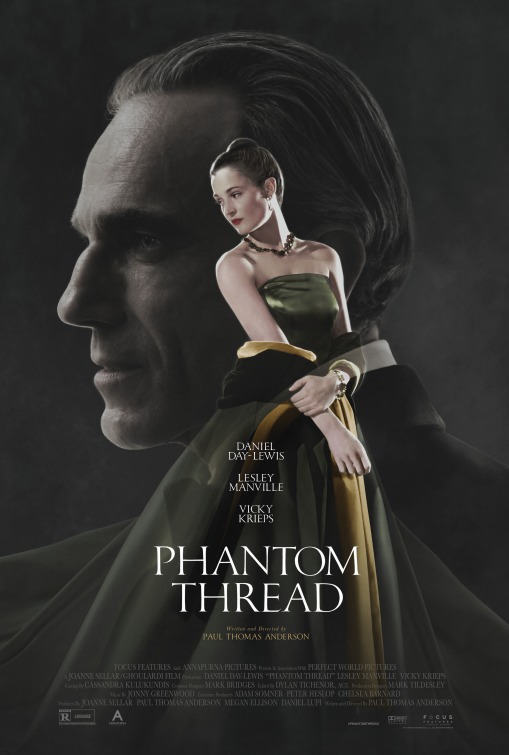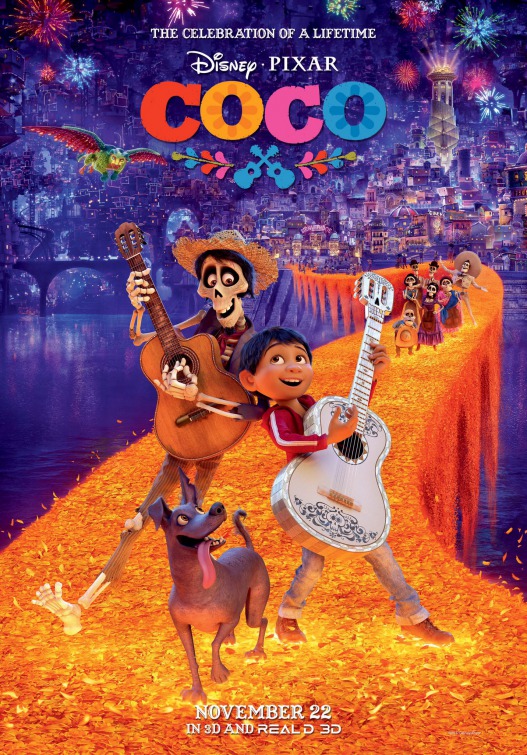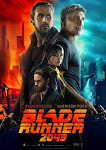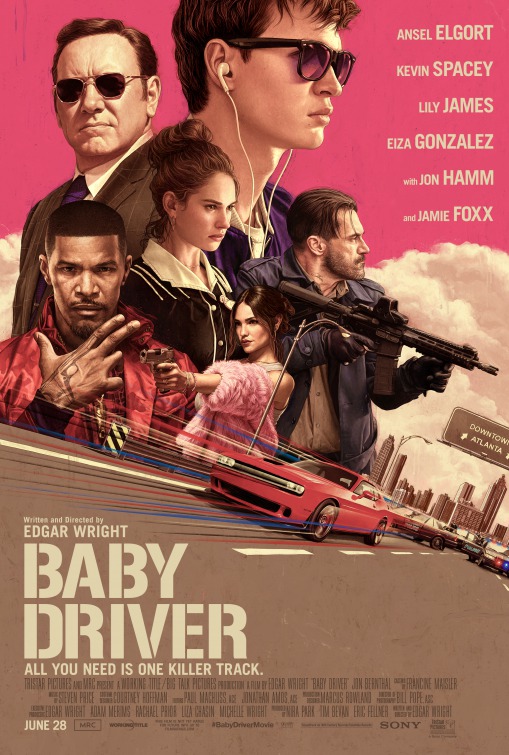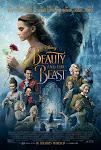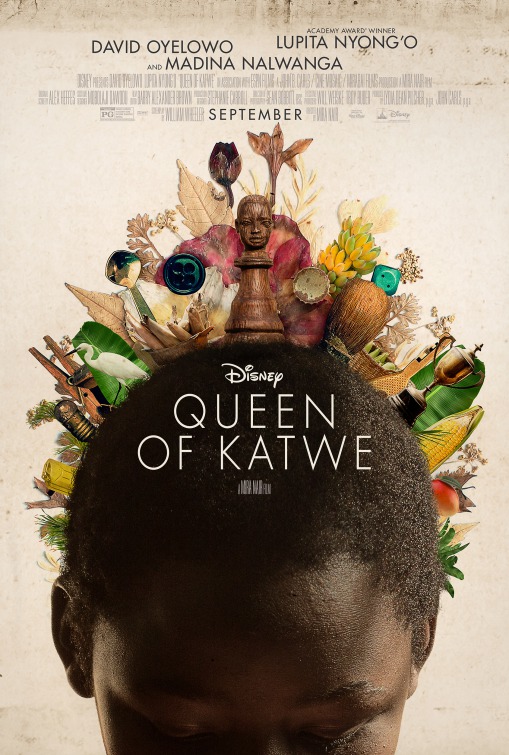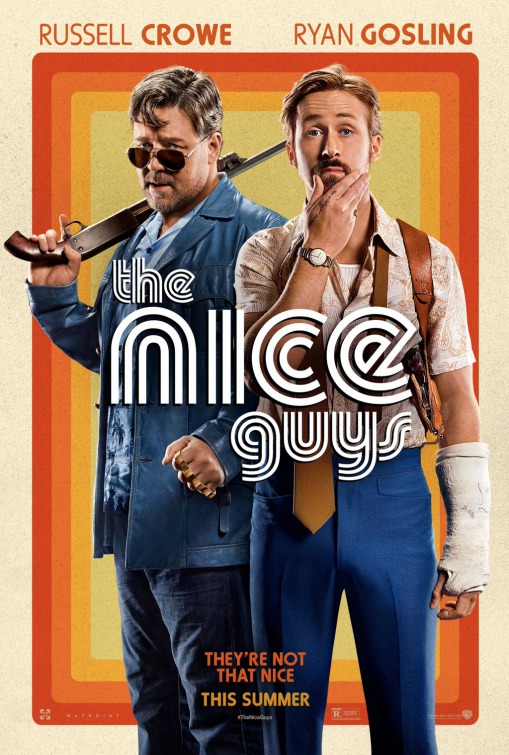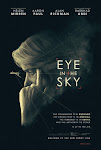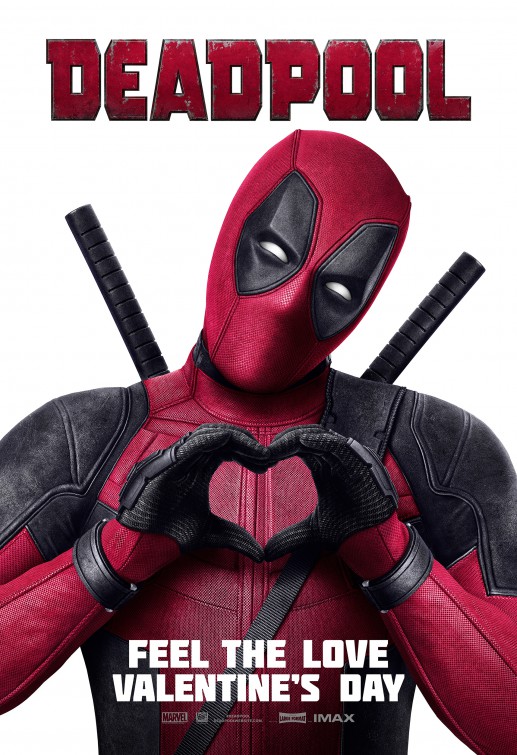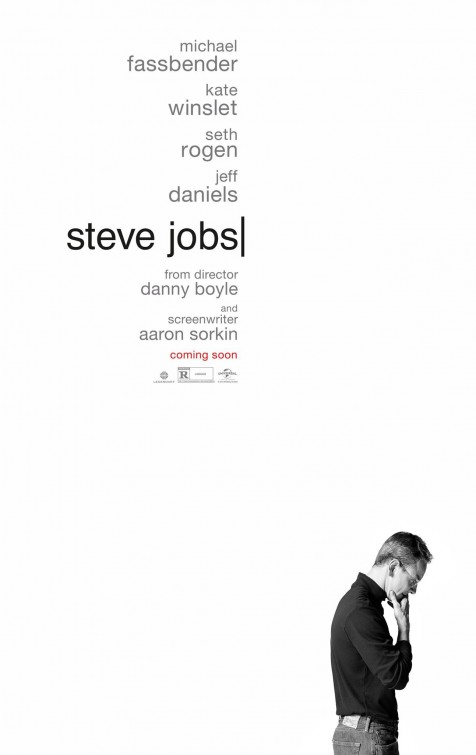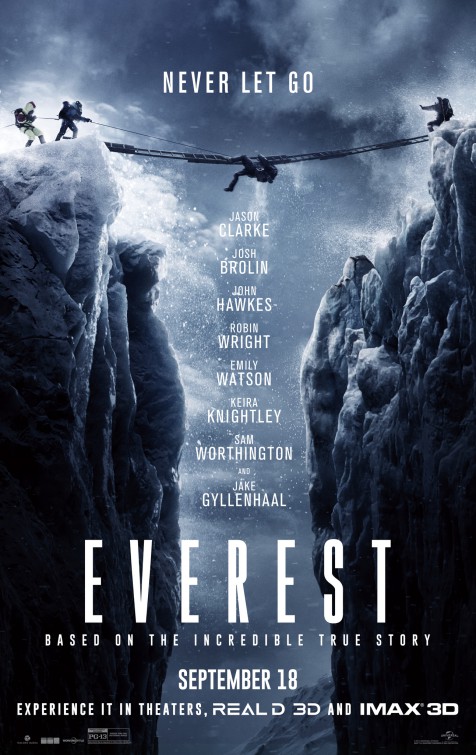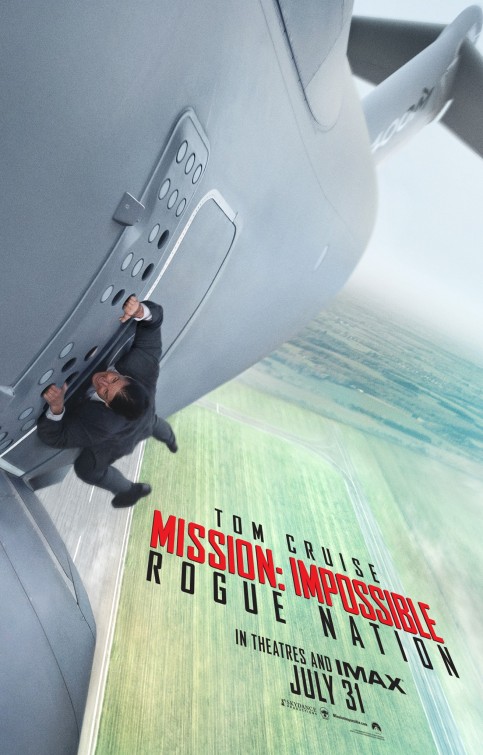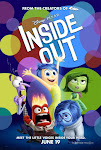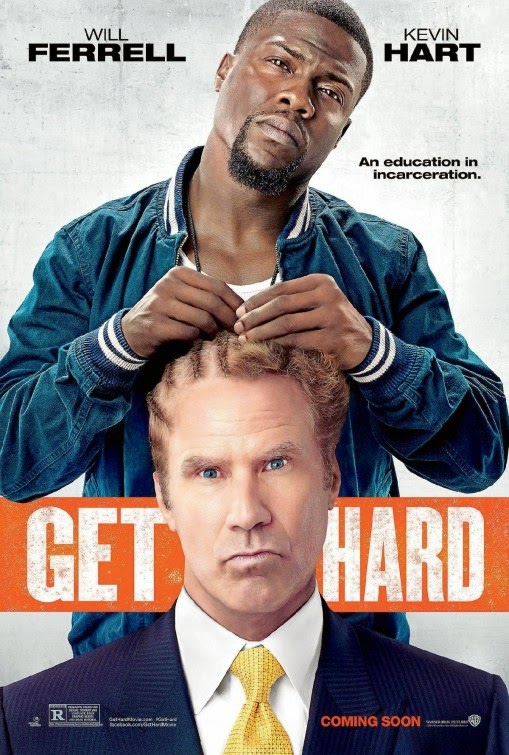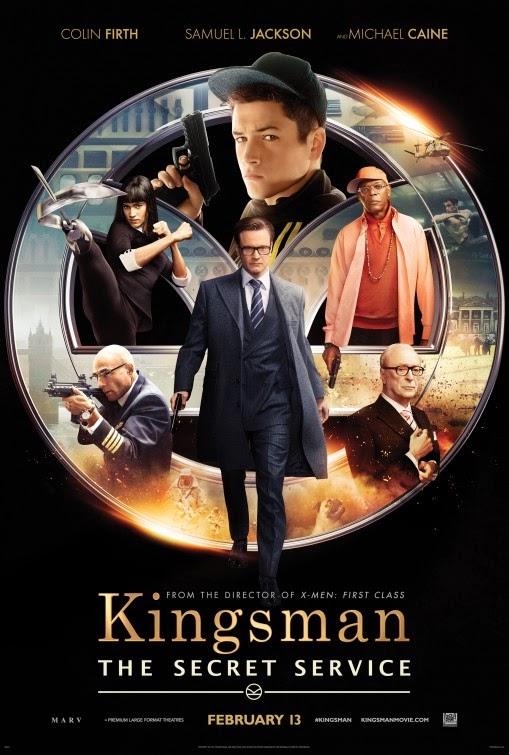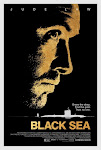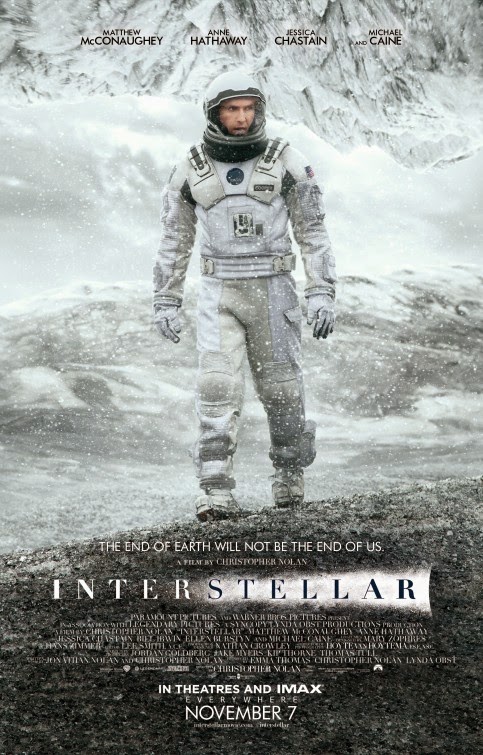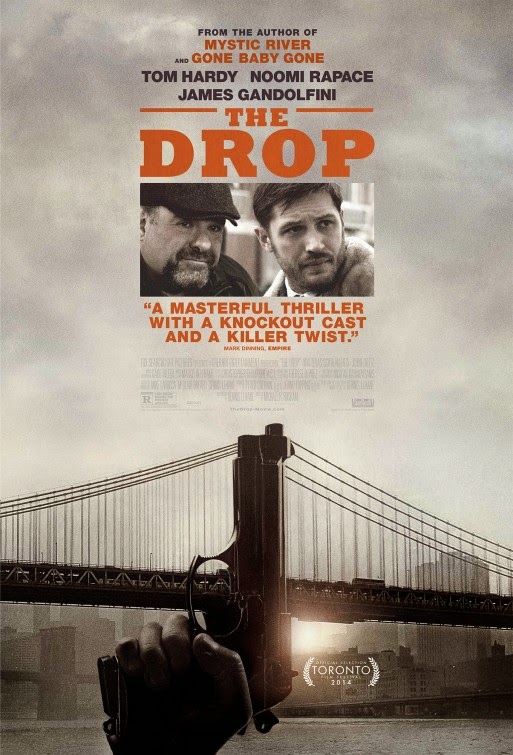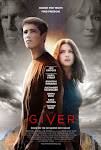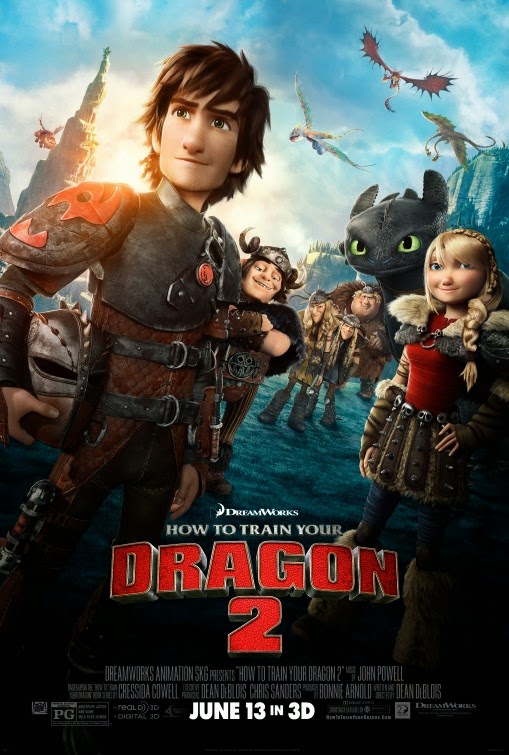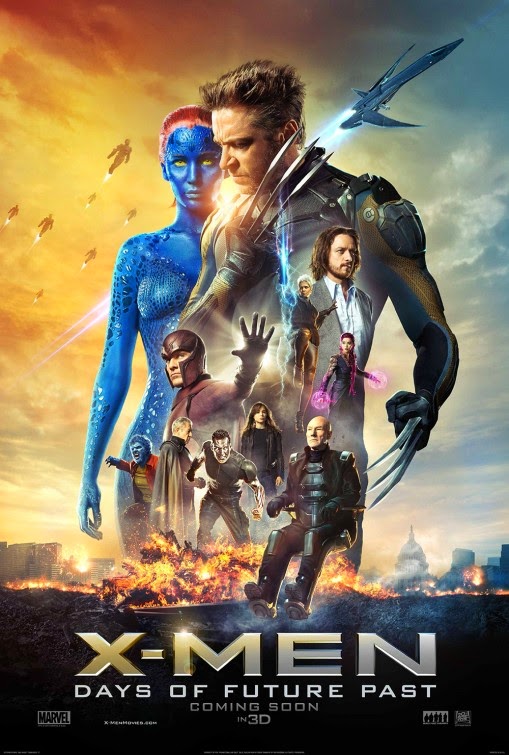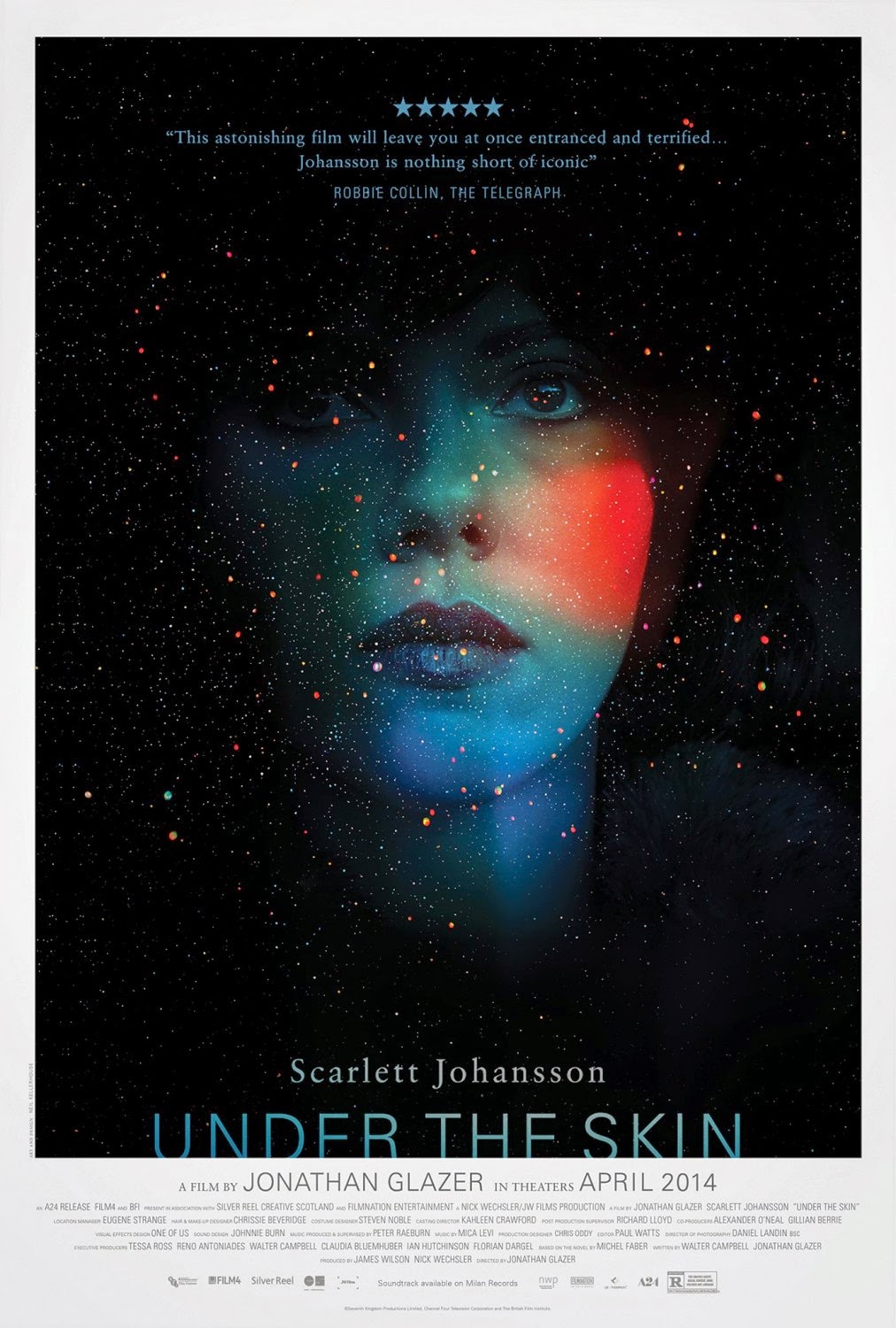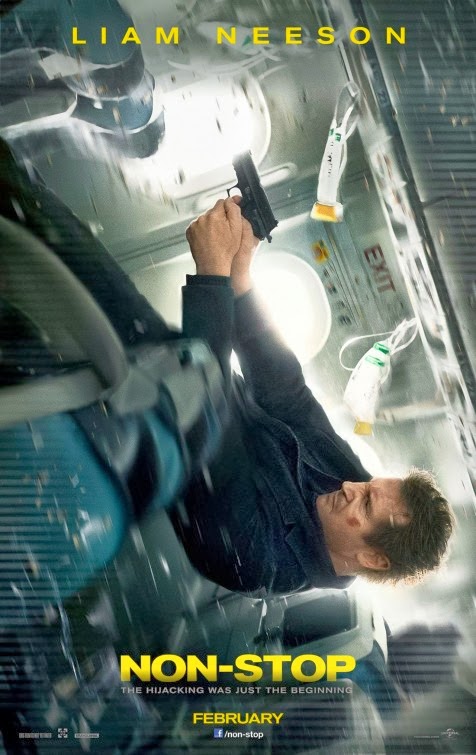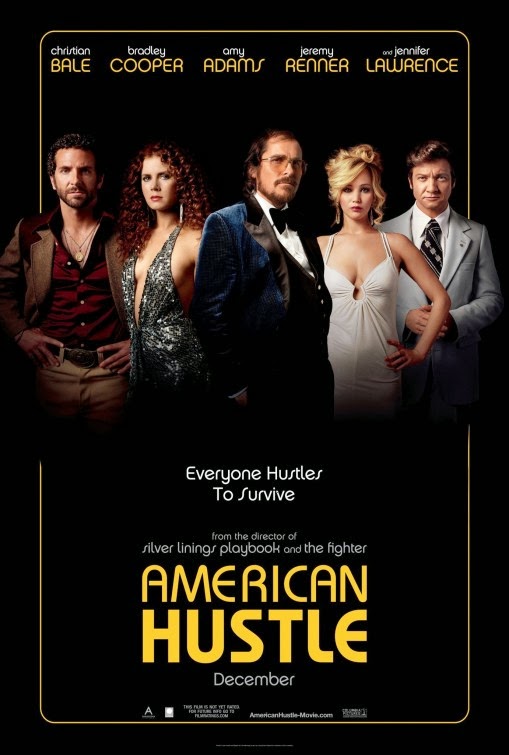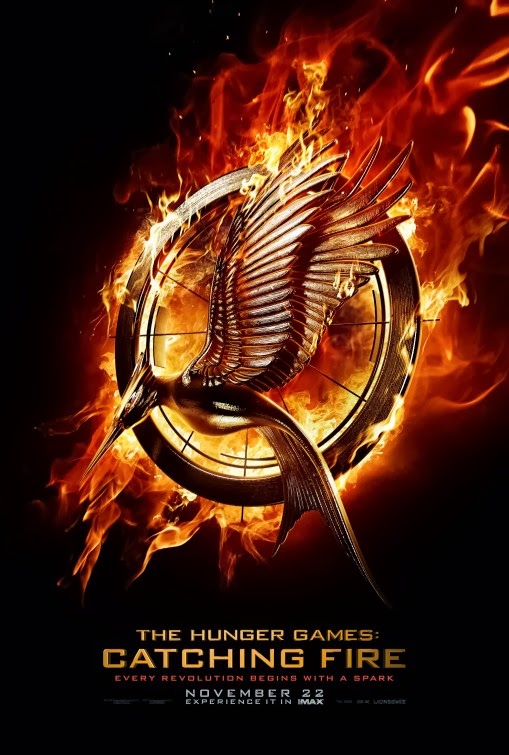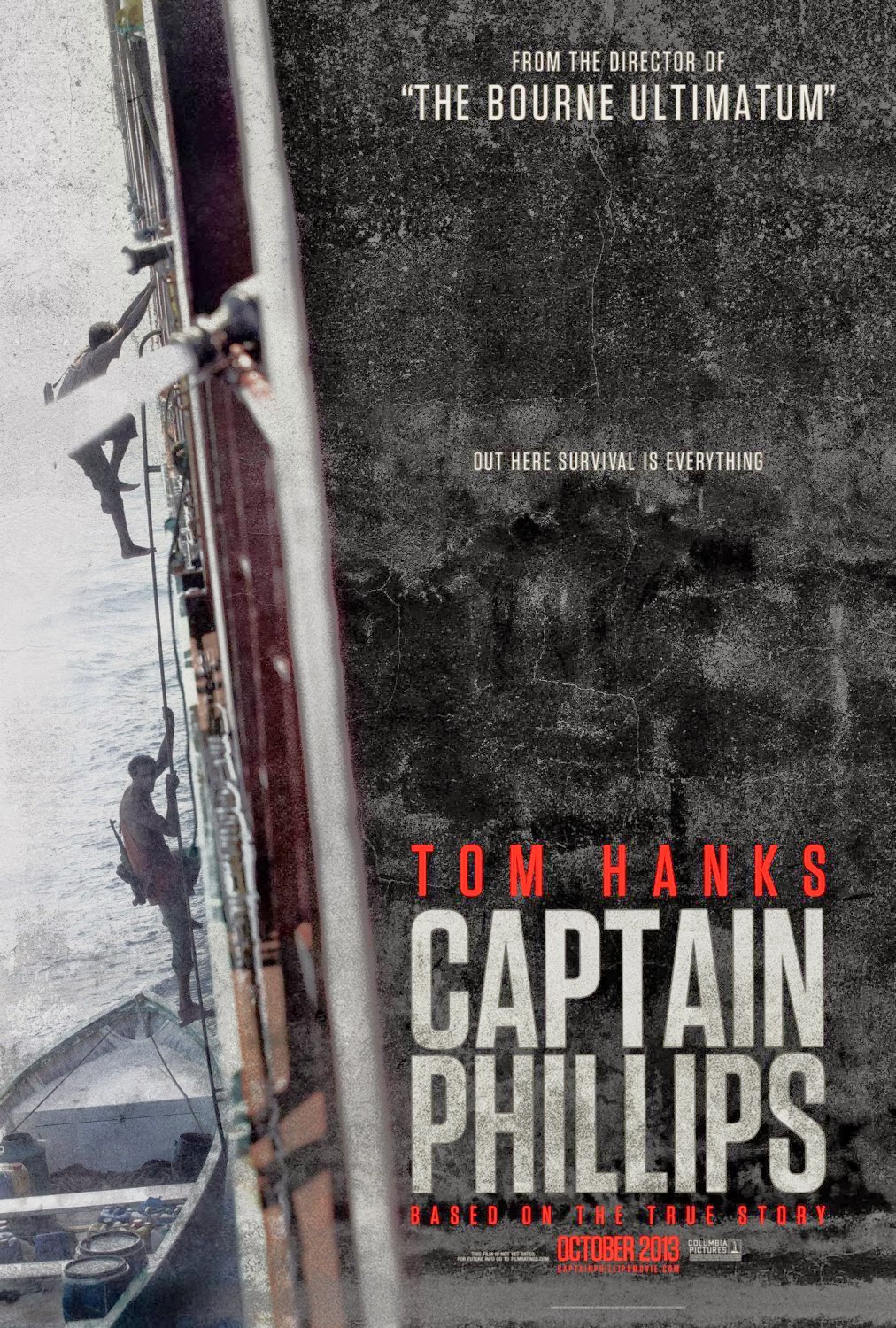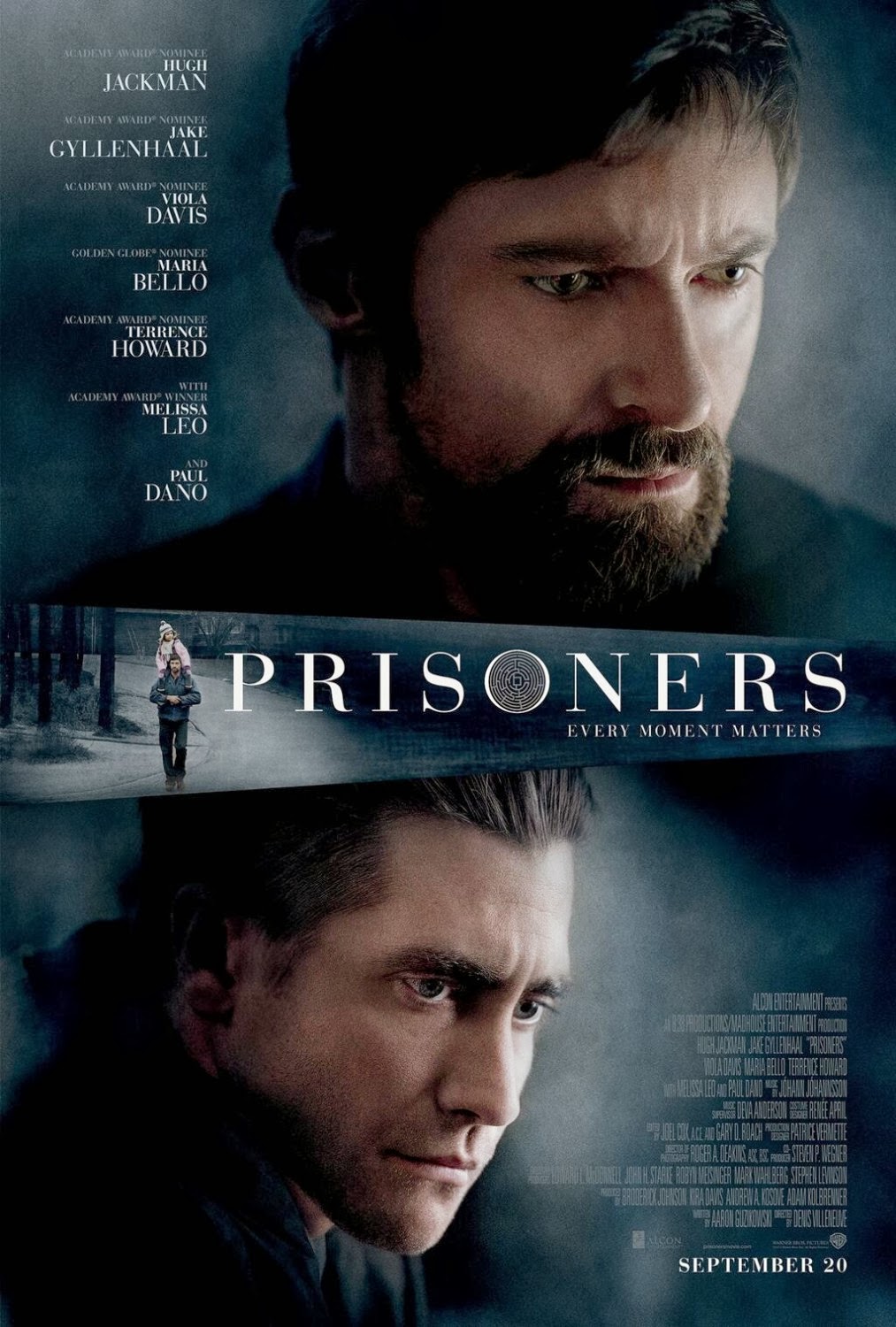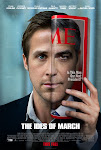Coastal View News
I love that the most striking feature of “Mad Max: Fury
Road”—which, on the surface, is as actiony an action movie as it gets—is its
socio-political message. I love this not because I agree with the message
(though I pretty much do), but because the care and nuance with which it is
communicated gives a soul to a movie that could very well have been soulless
(and unoriginal and mundane), and because it illustrates how, as if through
magic, movies can show us things that cannot be told.
But first things first: Through every fault of their own, human
civilization has been reduced to the Citadel. And the Citadel really sucks.
Well, everywhere really sucks—maybe even worse than the Citadel. It’s all
because everyone lost their minds and forgot to be people and started blowing
up the whole world. At any rate, the Citadel really sucks. Like everywhere
else, it is hot, and dry, and dusty, and brownish red. It looks like everyone’s
whole body is doing The Cinnamon Challenge all at once, minus the sweetness.
But unlike all the other desolate places in the bleak, bombed-out
wasteland that was once Earth, the Citadel is crowded—it has swarms of starving
people everywhere, armies of goblin-like men painted in white, and a ruthless
ruler—Immortan Joe (Hugh Keays-Byrne)—who hoards every drop of resources,
brutally oppresses his people, and yet acts like their gracious benefactor at
the same time.
So it is understandable that Mad Max (Tom Hardy) didn’t want
to come to the Citadel. He was too busy roaming around feeling guilty and
horrified by something in his past (something like he failed to save some
people he loved). But the gang of goblin-like men (aka “War Boys”) captures him
for use as a host for Nux (Nicholas Hoult), who is one of the War Boys and
seems to have an illness that requires fresh blood.
Things get even worse for Max when he is mounted atop a
pursuit vehicle chasing after rogue Imperator, Furiosa (Charlize Theron), who
was supposed to be getting more gas for Joe and his gang, but instead ran off
with several of Joe’s mothers (i.e., women used for breeding more men). Joe
seems to care about his mothers above all else—not because he really cares
about them, but because he prizes
them as possessions. So he wants them back.
Hence, the chase is on along Fury Road. This is a long
road—Max, Furiosa, Joe, Nux, and all sorts of other marauders, War Boys, bandits,
barons, etc., race and crash and fight and scream and crash along the road for
most of the rest of the movie. And it is furious. No one seems happy. The
closest thing is a kind of rabid, ferocious glee coursing through the
testosterone infused man-gasmic hoard that is pursing Fioriosa—a glee embodied
by the insistent flailing of an electric guitar player atop a mobile fortress
of blaring speakers that is in on the chase.
Furiosa wants a new life free of her male oppressors. Joe et
al. want to further oppress. Max is caught in the middle. It’s a last-man or
last-woman standing type of situation, though it is never obvious who, if anyone,
will end up on top of the heap of rubble.
“Mad Max: Fury Road” is striking in several ways. First, it
has a very distinctive style—quick cuts, extensive death and destruction, sped
up action sequences, hyper-stylized sets, and an almost cartoonish wardrobe (all
of which is reminiscent of Baz Lurhman’s overwrought style). Second, 95 percent
of the movie is action: Racing, punching, jumping, shooting, flipping,
exploding, etc. I tend to get bored with such pervasive action. For me, watching
constant, indistinguishable explosions can be more monotonous (and less
pleasant) than staring out a window. But after a worrisome first half-hour, the
storyline picks up and injects enough drama into the movie to keep the action
captivating.
Third, and relatedly, there is very little dialogue in this
movie. Almost all of the emotion and drama are communicated—very effectively, I
might add—via looks, body language, and Tom Hardy’s gruff yet charming grunts.
Finally—and this is what is getting “Mad Max” the most
attention—is the feminist ideology of the film. From very early on it is clear
that its men who screwed this up.
And, with all their thoughtless, macho war mongering, its men who are
continuing to screw this up. The only hope for a future—and for redemption—is to
elevate a group of women who are extremely badass and yet mercifully reluctant
to harm (and, indeed, have a positive view as to how to flourish, as opposed to
a purely negative, vengeful solution to every problem) whilst the men are
defeated, subverted, or else willingly yield leadership.
And that—despite all the racing, running, punching, jumping
and exploding—is what is most striking about “Mad Max: Fury Road”.




